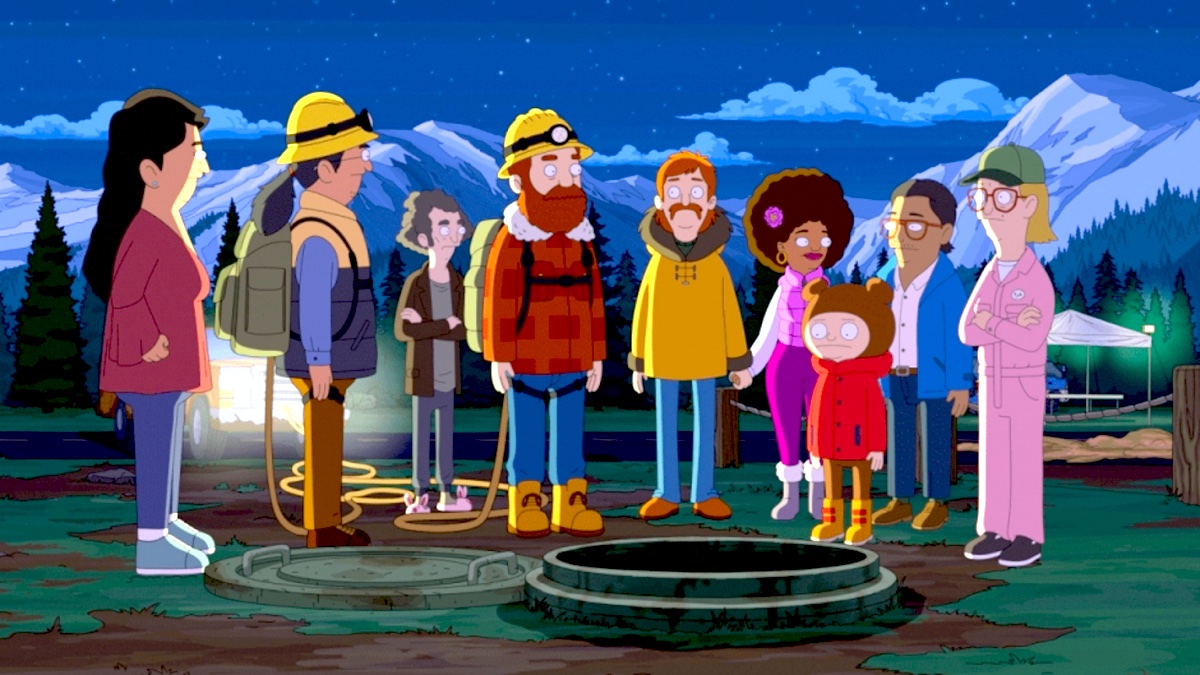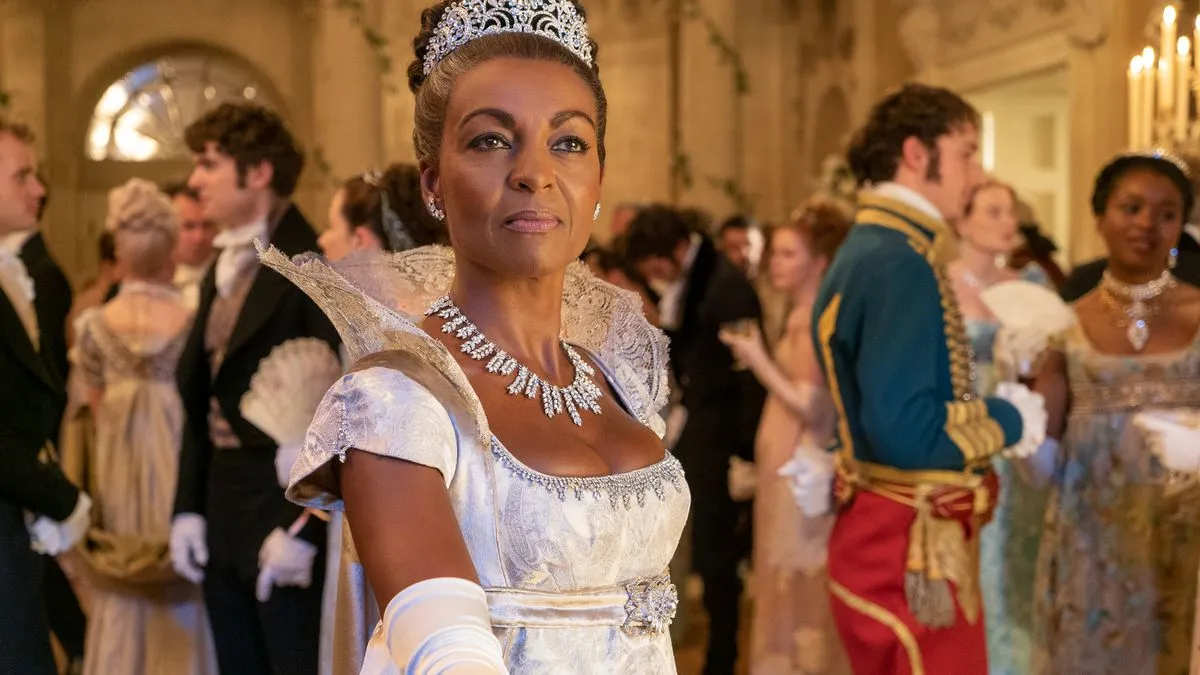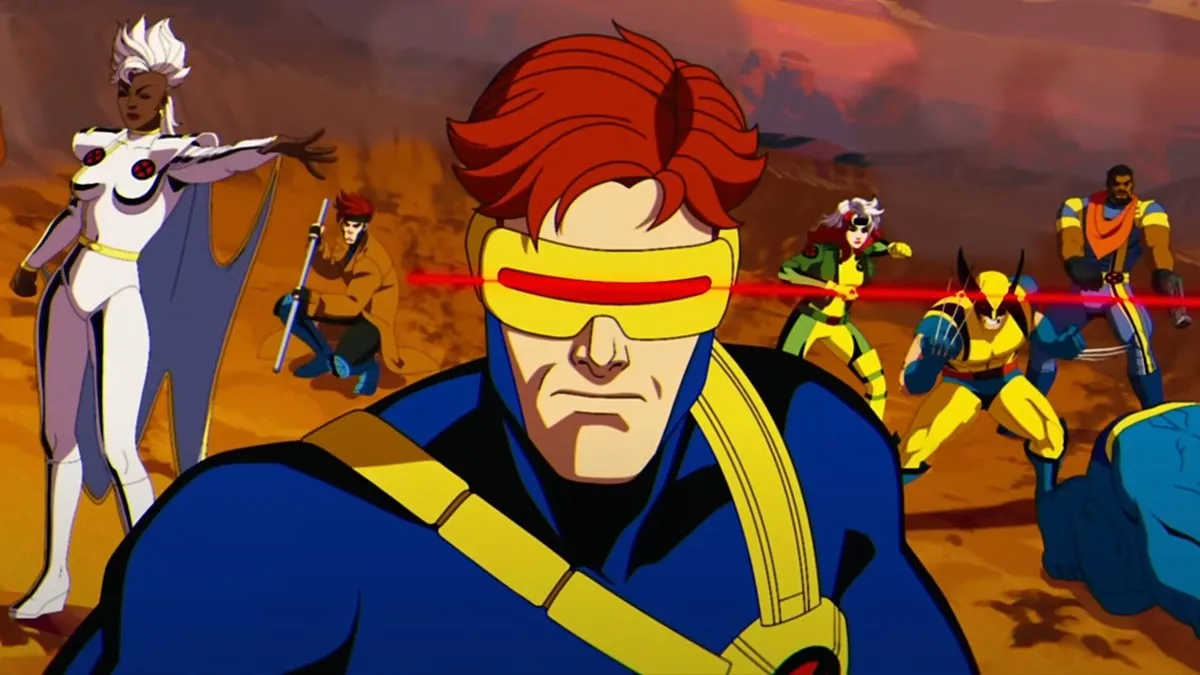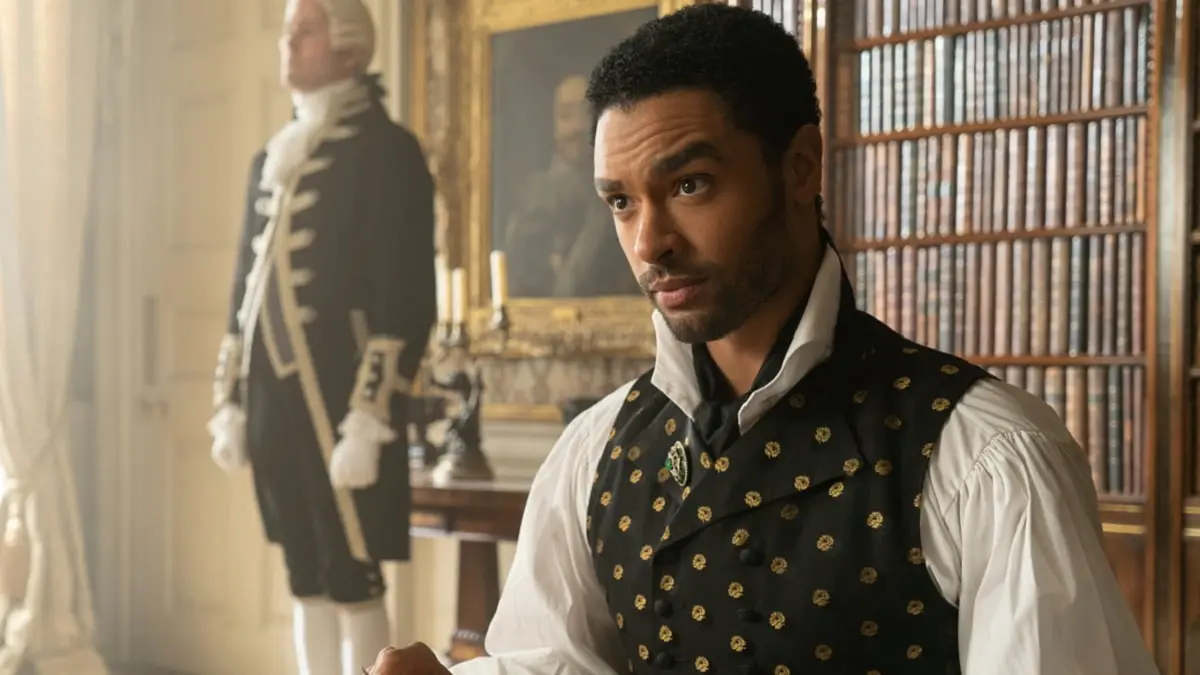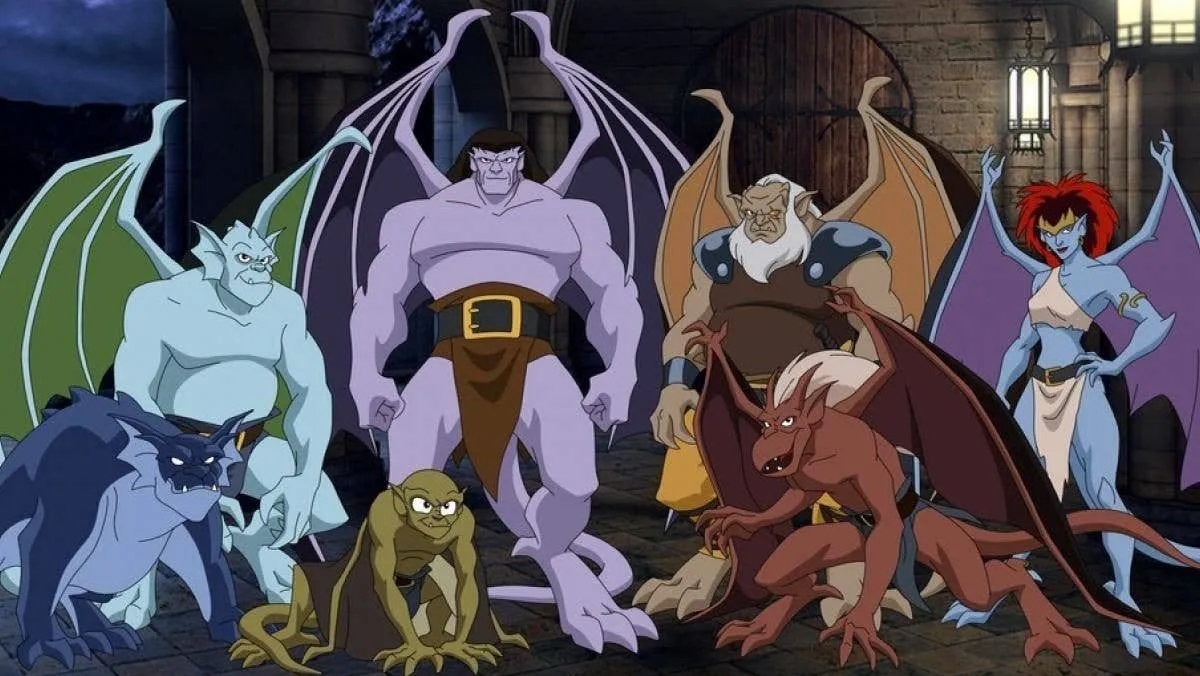The Great North has never made a secret of the writers’ and showrunners’ feelings about climate change and preserving Alaska’s “wild majesty,” as well as the rest of the environment. But in season 3, they got a lot more direct about it, with lectures from Kima’s (Ariel Tweto) father Walt (Brian Wescott) the environmental scientist, and discussion of the impact climate change has had on wildfires from her smoke jumper mother Esther (Princess Daazhraii Johnson), starting to make regular appearances.
Now, with the still absurdly fun two-part season finale, they’ve given up any pretense of subtlety whatsoever, only just stopping short from having Beef (Nick Offerman) stare directly into the camera while he demands each viewer personally get up off the couch and do something about it.
The finale starts with episode 23, “For Whom the Smell Tolls Part One,” where Judy (Jenny Slate), Ham (Paul Rust), and the other kids are excitedly planning prom. Unfortunately for them, things start to go very wrong when the ground cracks outside the school one night and a terrible smell starts to waft through town. With more small earthquakes, but no more visible cracks, all over Lone Moose, the smell only grows stronger and stronger, until it begins to attract pizzly bears—dangerous hybrids born as a result of climate change, forcing starving polar bears south while allowing grizzly bears to move north, enabling the two species who rarely crossed each other’s paths before to begin mating.
This is the first hint that it’s a climate change-focused episode, but it’s not until right at the end that it’s thrown sharply into center stage, as new character Looney Louie admits to Beef and Moon what’s going on. Corporate malfeasance has led to bunkers of meat byproduct being buried all over town, and now, with climate change raising global temperatures and defrosting the permafrost, that formerly frozen byproduct is started to go off, producing massive amounts of methane gas as it does.
It’s a classic Molyneux/Bouchardverse bit, something silly and gross being used to spotlight a real, serious problem. But wait! There’s more, because these two episodes aren’t just about climate change but specifically about its impact on the youth, the responsibility older generations have towards them, and just how much has been passed down the line for them to deal with.
You see a little bit of this in earlier episodes, where Judy and Kima repeatedly remind Walt that yes, not only do they know all about the environmental disasters going on around them due to climate change, they’re also the ones who are going to have to deal with the results, so maybe they’re not the ones who need to be lectured about it. But “For Whom the Smell Tolls” takes the subject from being an aside to a central feature of the episode. The biggest bunker, the one ready to blow at any moment, and so large it will kill anyone standing over it when it goes? It’s directly under the school, where all the teenagers are currently attending their prom.
Of course, Beef and Moon receive this information too late, because the bunker’s already started to crack, producing an earthquake that damages parts of the school badly enough to trap the kids inside while also leaking rotten meat sludge everywhere—sludge that quickly attracts the pizzlies, who surround the school and even get inside parts of it, making it impossible for a rescue team to reach the kids, or the kids to leave the damaged section of the school without being eaten.
It’s up to Beef and Walt, in “For Whom the Smell Tolls Part 2,” to get into the underground tunnels and drill gas vents into the bunker to try to delay the explosion while the other adults figure out a way to get Junkyard Kyle and her home-built Mad Max style rescue vehicle (she’s been waiting for a chance to use it all her life) past the pizzlies to evacuate the kids.
Meanwhile, convinced they’re going to die because of the generations of inaction and corruption that came before them—and having exhausted every possible avenue of escape on their own—the kids decide to finish their prom on the roof of the school. After all, if they’re going to get blown up, they may as well go out with a bang and enjoy themselves first, so bring on the case of hard limeade and set up DJ Airhorn’s booth. It’s this decision that saves them in the end, because they soon realize the loud noise made by DJ Airhorn’s airhorn scares away the pizzlies, and they make enough noise that Kyle is able to go in and get them all loaded up and away just before the school explodes behind them.
It’s a clever piece of layering because the kids are competent, perfectly capable, even in ways they hadn’t expected each other to be. They organize themselves, make several perfectly good plans, and when it becomes clear they aren’t going to be able to get past the pizzlies, extract themselves and their teachers to safer, higher ground to wait for rescue. If it weren’t for factors outside of their control (the bears, lack of drilling equipment) they could solve the problem on their own—but they can’t, because they don’t have the resources to do it without help.
And that’s the point. Gen Z can’t do this on their own, even though they’re trying. More than that, they shouldn’t have to; it’s everyone’s responsibility to solve this even though, or maybe exactly because, in the end, it’s Gen Z and the ones who’ll come after them that will be left on the metaphorical roof, surrounded by metaphorical pizzly bears. (OK, you get my point.)
It’s something young climate activists have been saying for a while. Grace Gibson-Snyder, one of the 16 plaintiffs, age five to 22, currently suing the state of Montana over their pursuit of policies that exacerbate and enable climate change, has talked about being frustrated with the way older generations talk about Gen Z as the solution.
While it’s true that Gen Z is more aware of, and committed to fighting, climate change and other social issues than previous generations, the tendency for older people to say admiringly “Gen Z is going to save the world!” has started to feel more and more like passing the buck than any kind of real support—and with how quickly climate change and its effects are ramping up, the need for everyone to take action is more urgent than ever.
Part of what the Molyneux sisters are trying to achieve with these episodes is to reach out to frustrated young people, tired of being dismissed and lectured, and let them know that they see them and the crisis they’re facing.
It’s also something I think young people are a lot more in tune with than older people. Older people are like, ‘Well, I already signed my check. I already paid. I’m leaving.’ And young people are like ‘We just fucking got here. What the fuck did you all do? This Olive Garden is on fire! I can’t eat here!’ There’s always a little bit of us that wants to speak to younger culture, not to lecture them, but instead to say, ‘We see you and this fucking sucks.”
Wendy Molyneux, interview with AWN
There’s a lot more to say about these episodes, including a school shooting/gun control parallel, what with the kids being trapped in one part of the school while hungry bears roam the rest of it, and the ticking time bomb of the meat bunker below them. (Eli’s casual “it seems like you can be killed by an irresponsible adult anywhere these days” hits right under the rib cage.)
The hardcore focus on the teenagers in the moment they realize they’re going to die—their desire to live and anger over the fact that actions taken long before they were born mean they’re not going to get the chance—makes the points being made inescapable. The world is on fire, all future generations are in danger, and The Great North team are basically rubbing our noses in it like a misbehaving dog—and frankly, I’m here for it.
(featured image: Fox)



